20 Best Places to Visit in April in India
April marks the beginning of summer across the country, making it one of the most exciting months to travel. With blooming valleys, pleasant hill stations,...
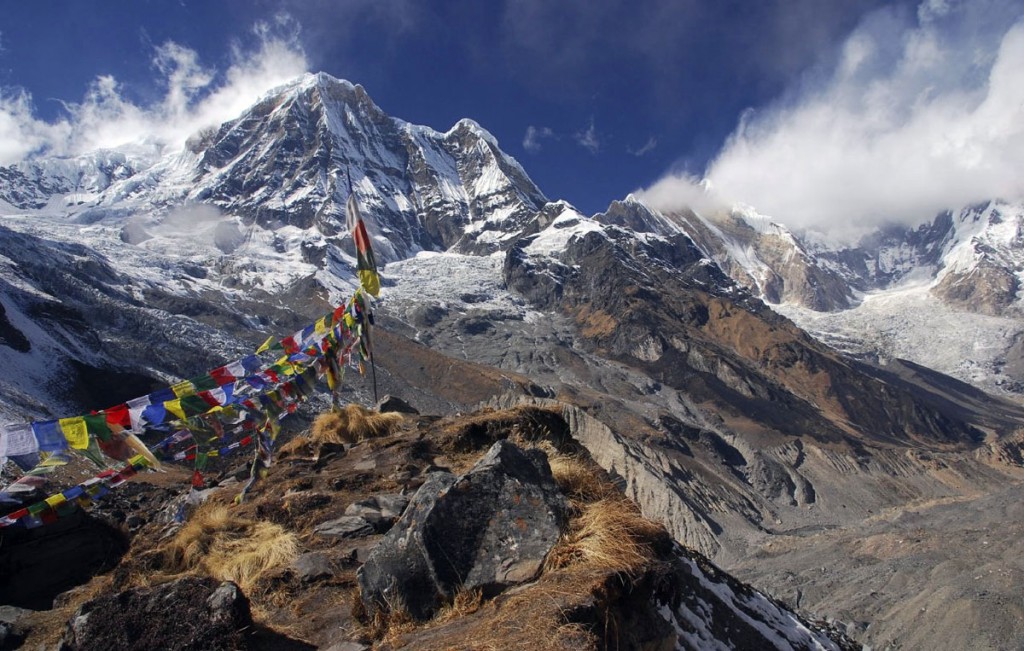
Blessed with ancient culture and the mighty Himalayas as a backdrop, the incredible country of NEPAL (approx. 10,712 ft above sea level) can be an interesting sojourn for you that can be cherished for a lifetime. It is a popular trekkers’ paradise famous for its magnificent Himalayan views, especially Mt. Everest (29,028.9 ft) that you won’t find anywhere else, Tibetan Buddhist pilgrimage sites, charming hill villages and not to forget, its flawless natural beauty.
This bustling tourist destination has all the reasons to push your limits, leave you awed and make you fall in love with it every time you visit this place. The only problem you may face in NEPAL is that how to fit everything in, and that’s why people visit here over and over again. Simply put, a visit to NEPAL once is NEVER ENOUGH!!
Since Lord Buddha (founder of Buddhism) was born in NEPAL, this city is majorly influenced with Buddhist culture. This country is a beautifully-orchestrated medley of ancient Buddhist structures and you’ll find Buddhist lamas engaged in their routine practices and living their routine life. The most prominent Buddhist sites are Swayambhunath Temple and Boudhanath Stupa showcasing Buddhist culture and traditions.
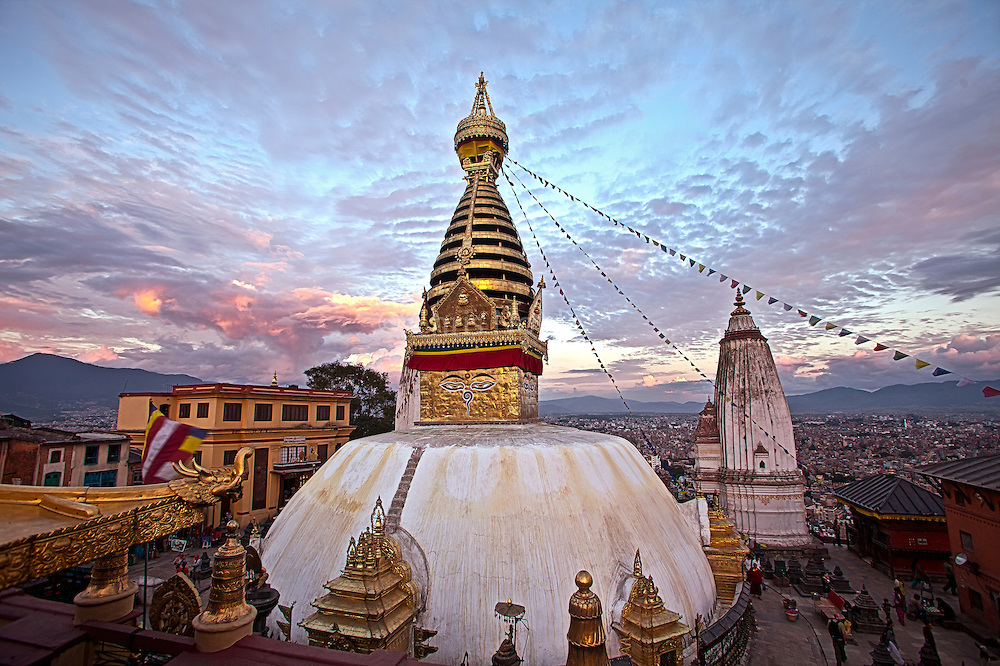
Swayambhunath Stupa is one of the oldest Buddhist temples in NEPAL. This temple showcases the tales of Manjushree (Boddhisattva of Compassion) as per Buddhism. Located atop the Kathmandu valley, this temple is believed to be formed out of a 2,000 year old primordial lake and the main highlight of this temple is the eyes of Lord Buddha watching over all the four directions symbolic of God’s all-seeing perspective. Another attraction is the three spectacular golden statues of Padmasambhava, Buddha Shakyamuni and Buddha Maitreya, on the backdrop of this temple.
Note: As the stupa is located atop a hill, you would have to climb steep stone steps that can be quite a challenge.
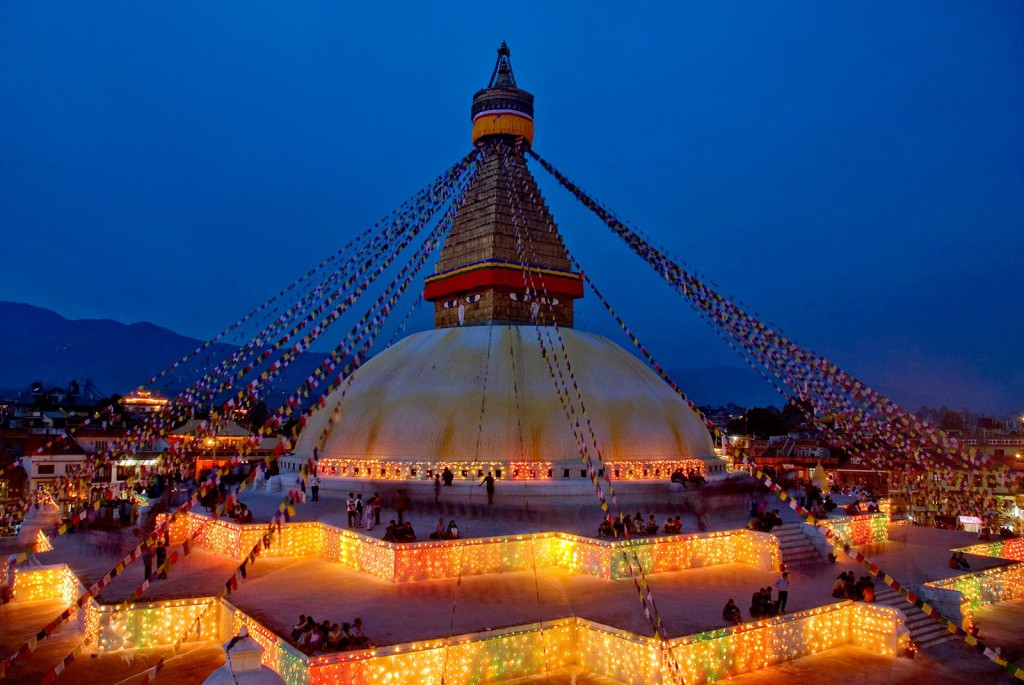
This Stupa dating back to around 14th century, is a popular meditation spot for tourists and Buddhists all around the day. You can see Tibetan Buddhists chanting prayers while circumambulating around this Stupa as an act of devotional practice. Its architecture has strong Buddhist influence as the nine levels of this Stupa represents Mt. Meru (center of the universe) and the 13 rings up to the pinnacle of the temple depicts the path to Enlightenment (Nirvana) and a pair of Buddha eyes, signifying Buddha’s omnipresence, atop the Stupa is visible from all four directions.
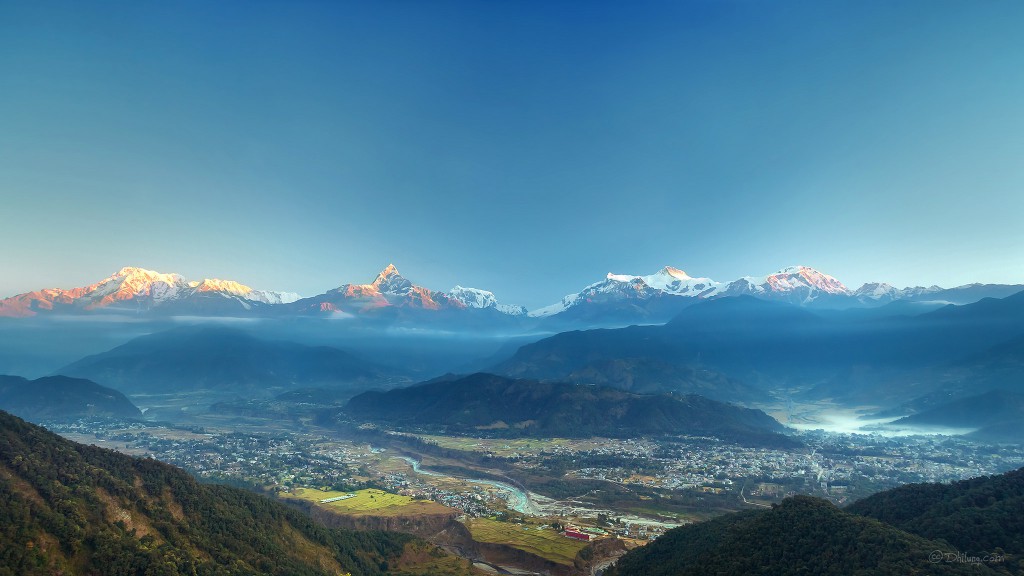
The porous base of the land of Pokhara valley favours the formation of caves and this is how, the famous Davis Fall here disappears into an underground tunnel at the bottom. This valley offers picturesque panoramas of the stunning Annapurna ranges stretching from east to west. Also, it is the only city after Kathmandu where majority of the Newaris (historical inhabitants of Kathmandu Valley) reside. The pristine lakes and the spectacular of the Himalayas nestled at its backdrop creates an ambiance of peace and magic.
Attractions: Phewa Tal Lake, Barahi Temple, World Peace Pagoda, Davis Fall, Gupteshwor Mahadev Cave, Bindbyasini Temple and many more.
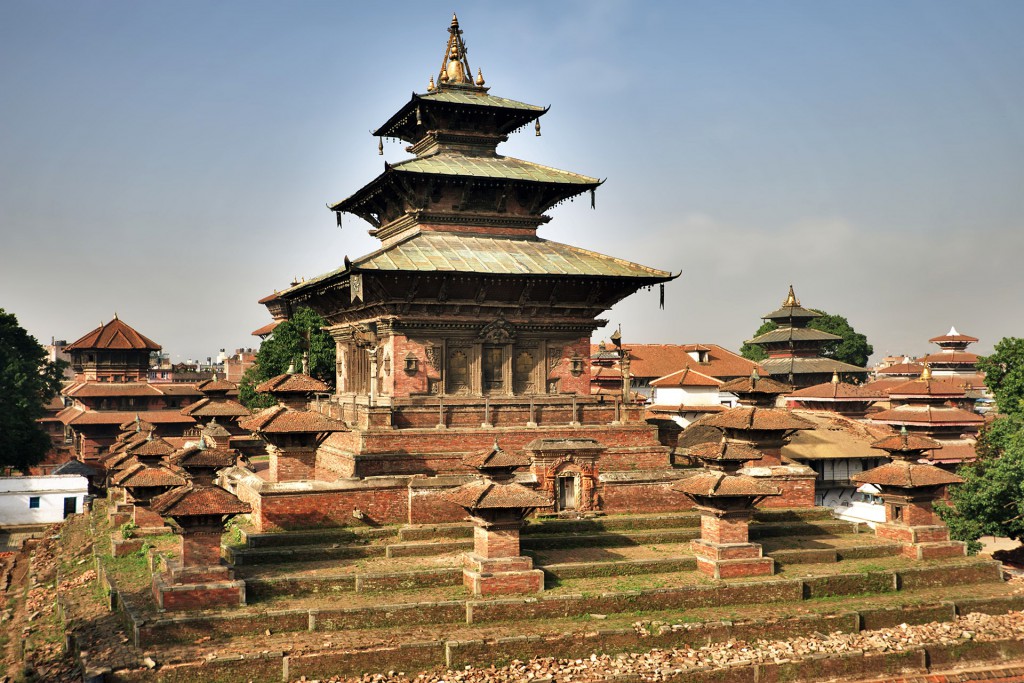
It is observed as one of the three royal palaces of Kathmandu where former kings of NEPAL were crowned and legitimized and all colonial ceremonies were hosted here in earlier times. Post the massive brunt of 2015 earthquake in Nepal, many monuments of the Kathmandu Durbar Square underwent repair and have managed to retain its old world charm. In its vicinity lies a number of 16th-17th century temples. Amongst these, the temple of Living Goddess showcasing the brilliance of Nepali craftsmenship, is one of the major highlights of this square’s complex.
Note: Take a guide along with you to explore the Kathmandu Durbar Square and learn about its history better.
Attractions: Kumari Chowk, Degu Taleju Temple, Hanuman Dhoka, etc.
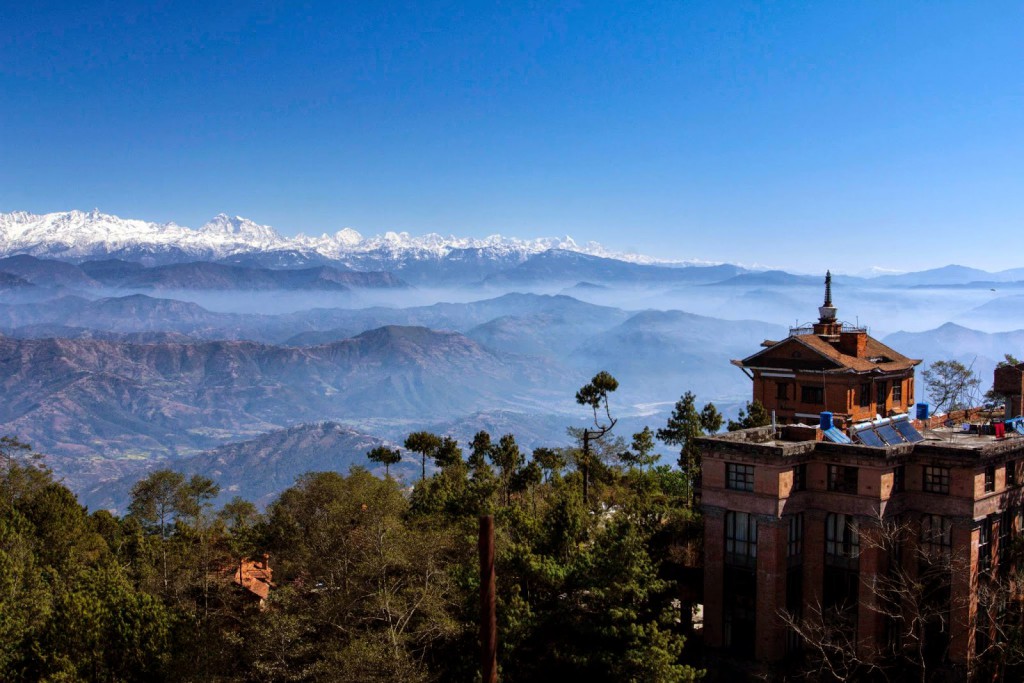
Nagarkot is a picturesque destination that lets you savour every mood of the Himalayas. The place is famed for its stunning sunrise and sunsets. Here all the buildings are lined along the ridge that offers wide-range views of the eight Himalayan ranges – Annapurna, Manaslu (8th highest mountain in the world), Ganesh Himal (24,350 ft), Langtang Himal, Jugal, Rolwaling, Everest and Numbur. The best viewing seasons are October to December or on clear-sky days between March to April. Hence, it is a great way to begin or end your day watching sunrise or sunset over here.
NEPAL is an abode of three medieval cities: Kathmandu, Bhaktapur and Patan where you can get first-hand experience of the Nepal’s rural culture and deep insights into the traditional village lifestyle.
Kathmandu (Approx. 4,500 ft)
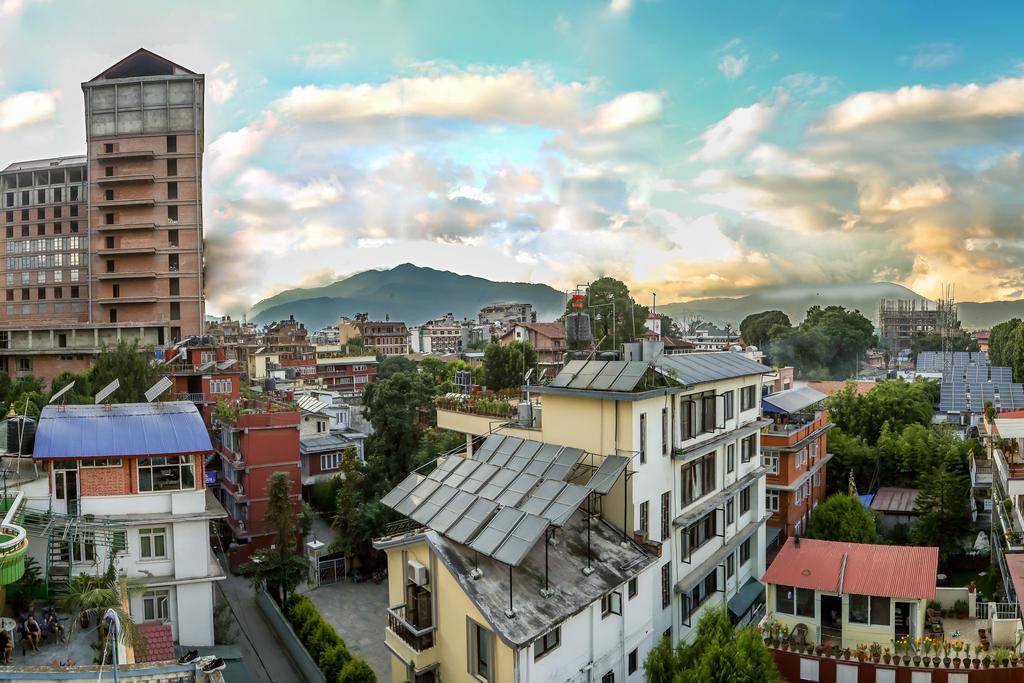
Kathmandu is the capital of NEPAL that offers a glimpse of the country’s life, culture and has various Hindu and Buddhist temples that attract a great number of footfalls every year. It is the base of mountain flights taking you to Mt. Everest in a state-of-the-art aircraft – a lifetime experience. So if you wish to take in the best of Nepali cuisine, glimpses of traditional Art & Craft, centuries-old religious sites, breathtaking Newari architecture and stunning views of Mt. Everest on a flight then Kathmandu is where you need to head off to.
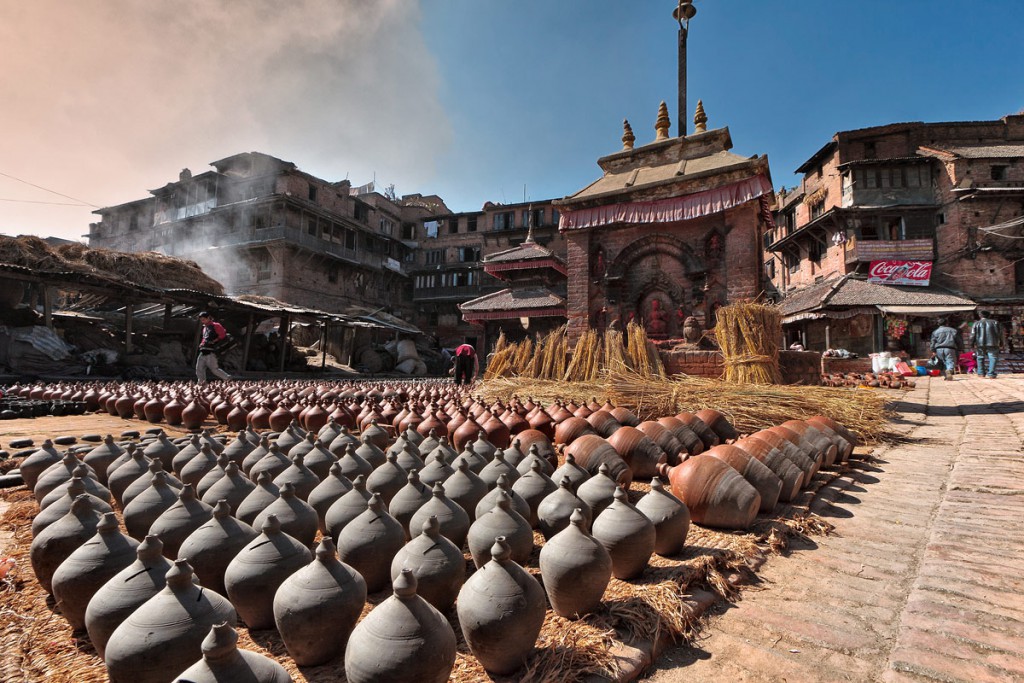
Bhaktapur where Bhakt means “Devotee”, is famed as the “land of Devotees”. Approx. 15 km away from Kathmandu valley, it is renowned as the cultural gem of NEPAL and one of the royal cities here. According to Nepalese language, the local Newaris pronounce it by the name of Khwopa (City of Devotees). Similar to that of in Kathmandu, Bhaktapur proudly showcases Nepalese culture through its three major squares comprising of towering temples adorned with the finest architecture in the country. While you walk through the Bhaktapur square complex, you’ll see locals engaged in bathing, collecting water, playing cards, socializing and everyday activities etc.
Attractions: Bhaktapur Durbar Square, Changu Narayan Temple, Dattatreya Temple and Pottery Square etc.
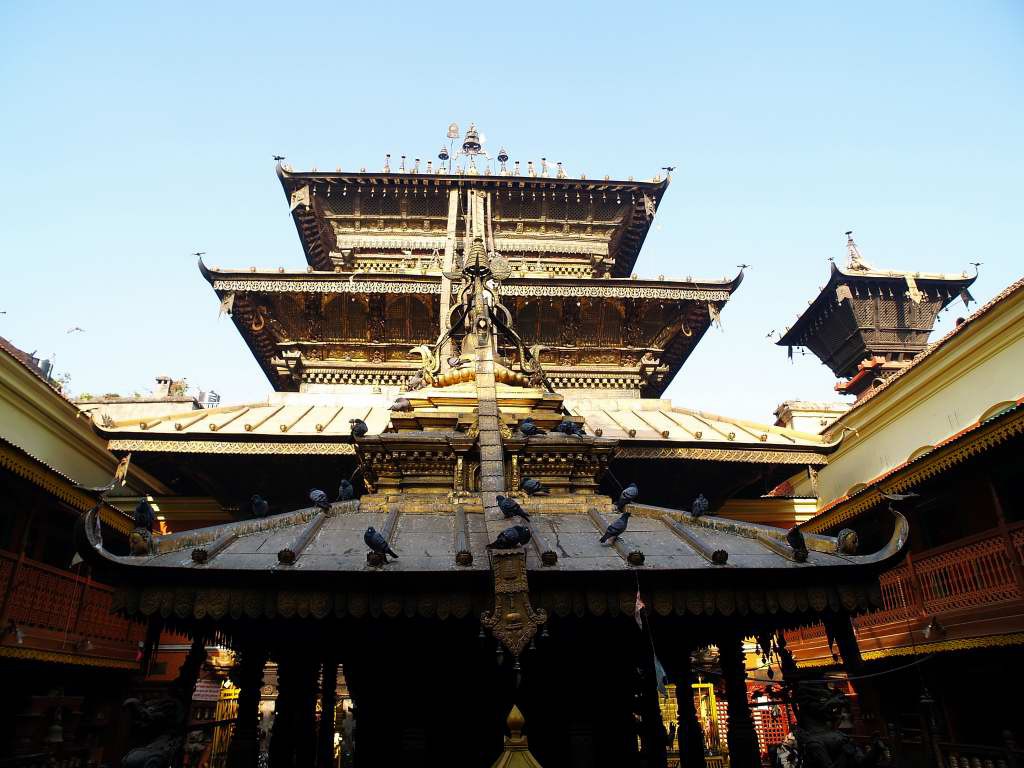
Patan is a 3rd century city located in the Lalitpur district of Nepal. The aura of this city showcases both Hindu and Buddhist culture. The four Ashoka Stupas nestled in four corners of this city are symbolic of Dharma Chakra (the Buddhist Wheel of Righteousness). This city also has a small Durbar Square filled with wonderfully-carved temples and Buddhist monasteries and the palace of the former Malla Kings of Lalitpur that ruled NEPAL from early 13th to late 18th century.
Attractions: Patan Museum, Golden Temple, Krishna Mandir, Royal Palace, Kumbeshwar Temple etc.
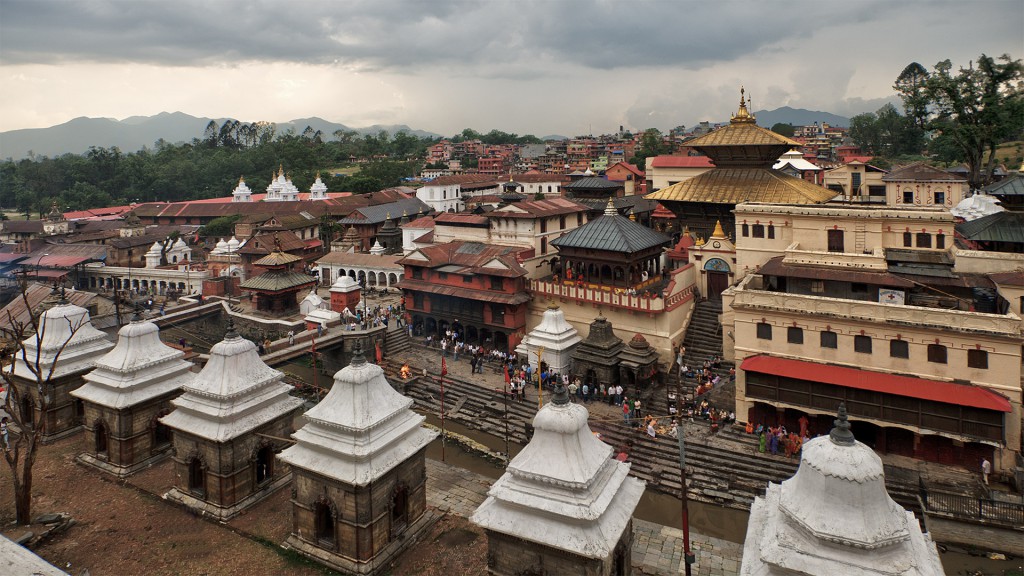
It is a 5th century sacred Hindu temple dedicated to Lord Shiva situated along the holy Bagmati River. The architecture of this Hindu temple here differs from that of in India as it is inspired from the Nepalese pagoda-style form of architecture typically originated from East and South-east Asia.
Note: Entry inside the main sanctum sanctorum of the Temple is open to Hindus only. So, you can glance upon this beautiful temple from outside.
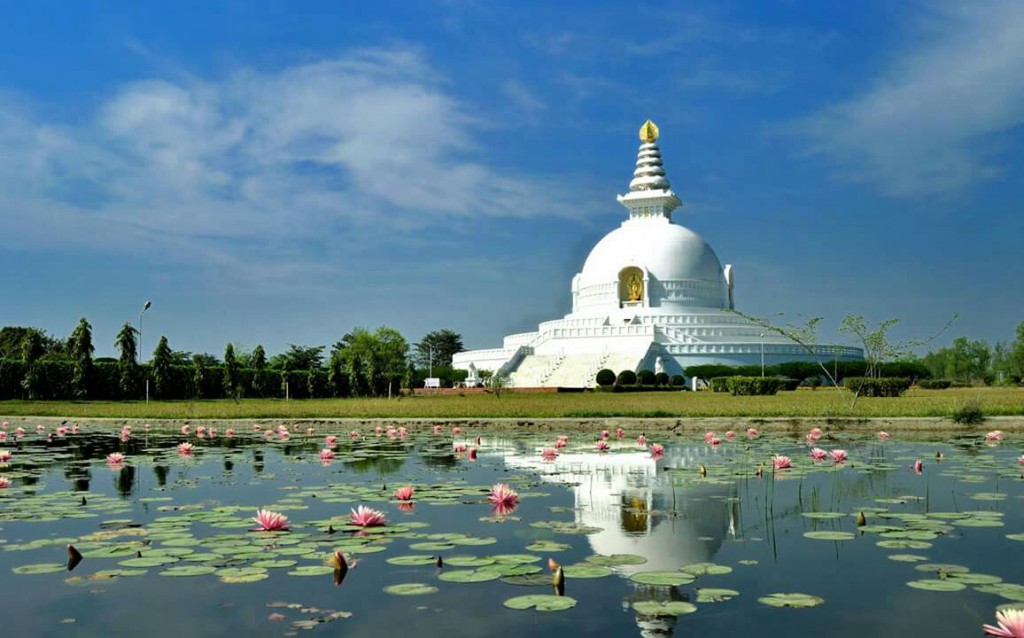
Centuries ago, this beautiful city of NEPAL witnessed the birth of the legendary Lord Gautama Buddha who went onto become the founder of Buddhism, in the sacred vicinity of Lumbini – now a popular Buddhist Pilgrimage Site. The archaeological remains marking the birth of Lord Buddha are the central feature here.
Attractions: World Peace Pagoda, Maya Devi temple (that displays the exact spot where Lord Buddha was born), the great Ashokan pillar, Myanmar Golden Monastery, Royal Thai Monastery, Lumbini Monastic Site, etc.
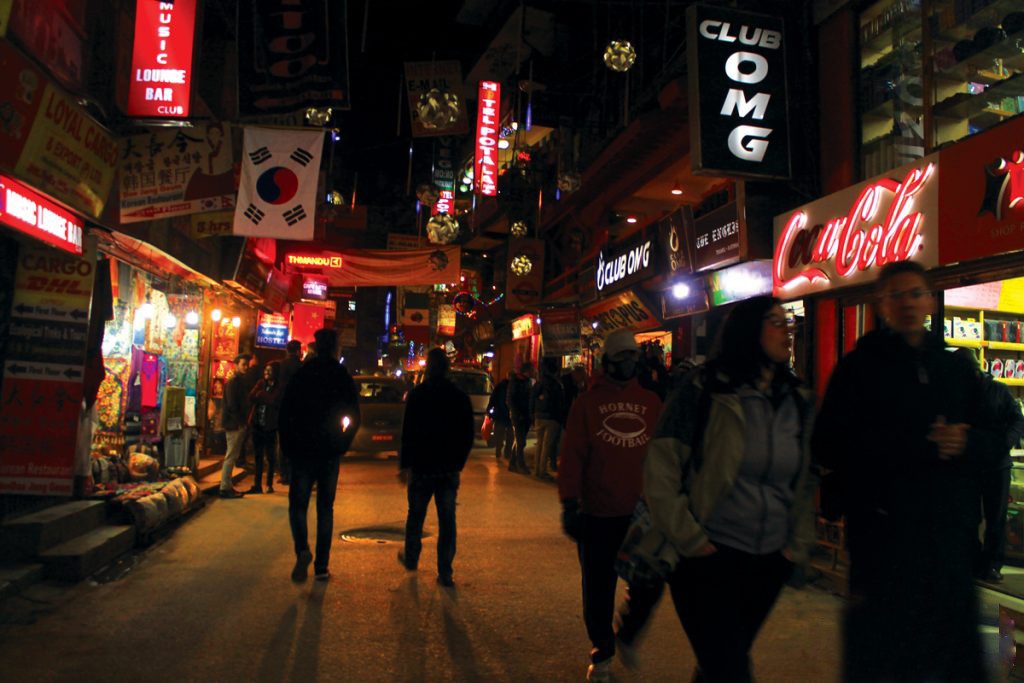
After a full-day exploration of Nepal, you can visit the chaotic streets of Thamel to relax and spend quality time for the evening. The brick-walled houses with neon-painted doors and window and the glimpse of daily life of the locals here is a pleasant sight to watch. Also in the evening, a myriad of rooftop bars, cafes and outdoor eateries will make a perfect end to your day. It is also a good place for souvenir shopping as it’s famous for traditional paintings, handicrafts, Cashmere (a fiber obtained from cashmere goats), Pashmina (finer wool quality) and Yak wool clothing offering great warmth and comfort.
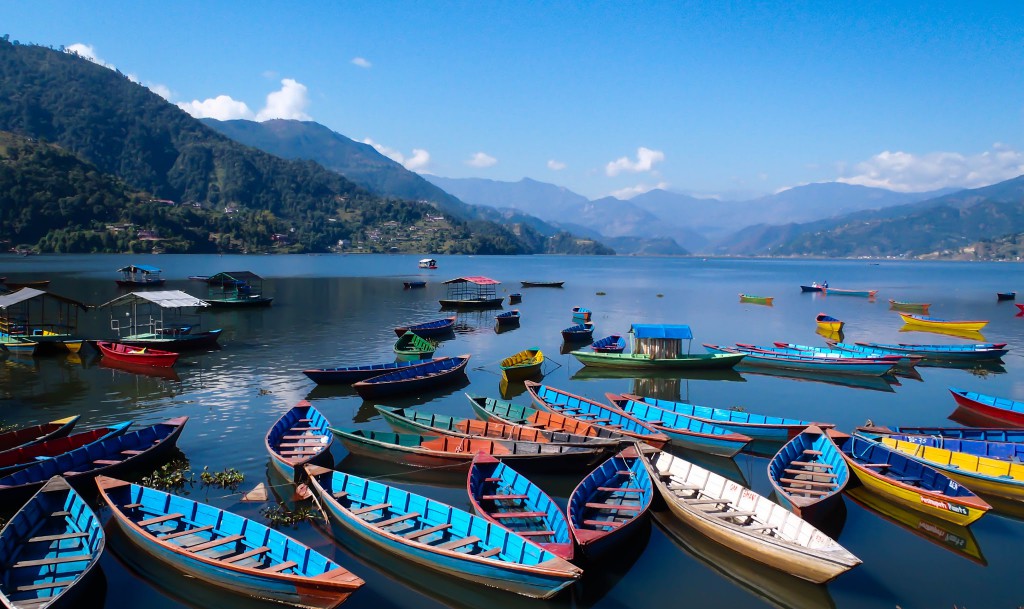
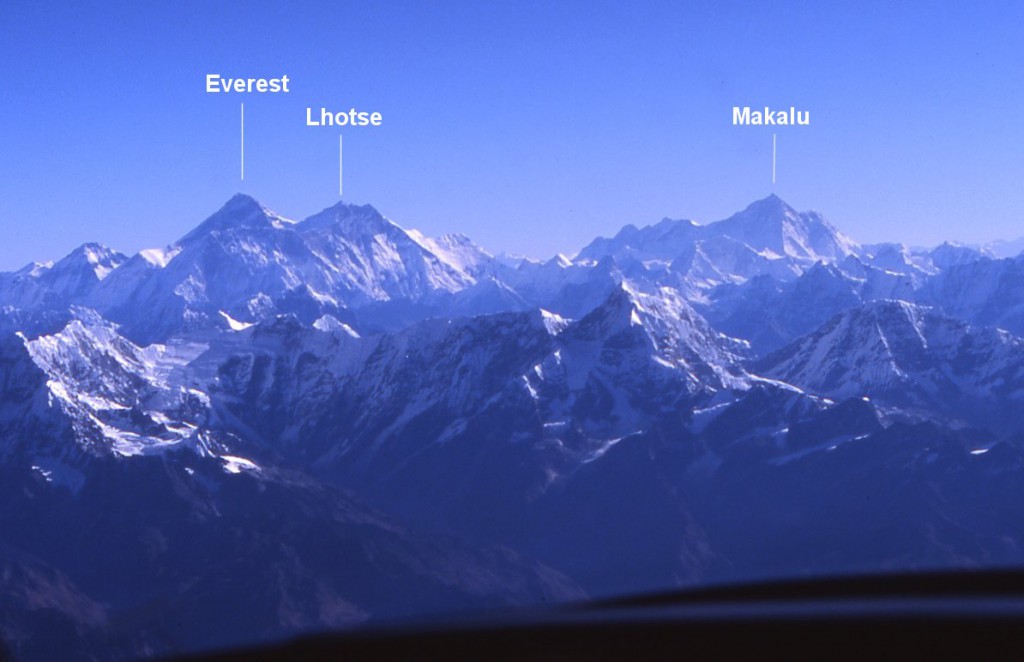
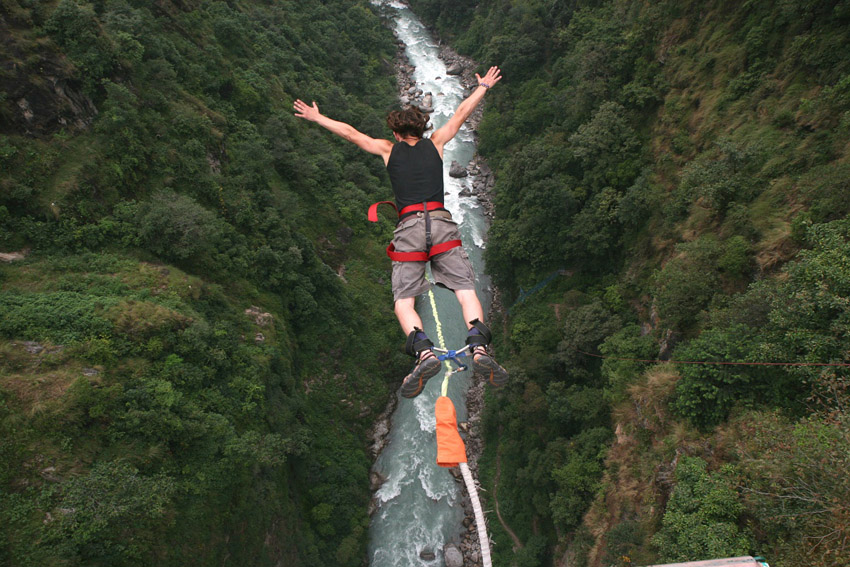
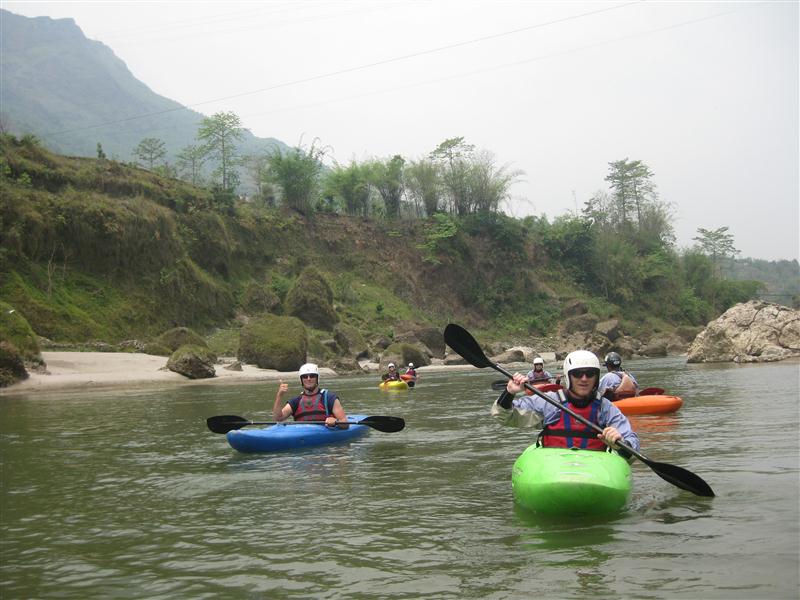

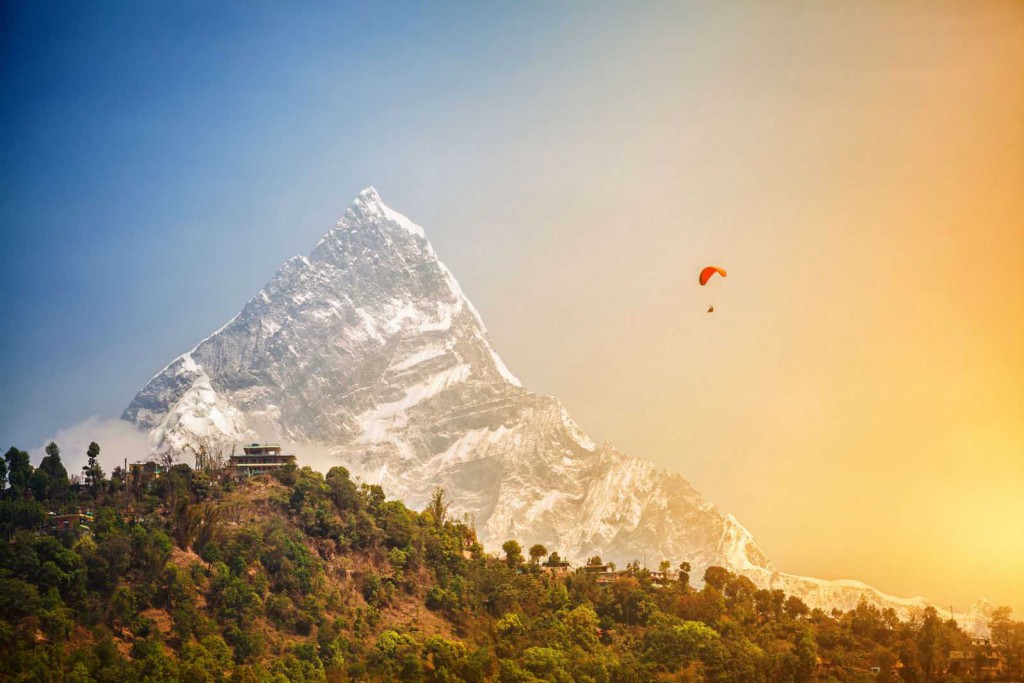
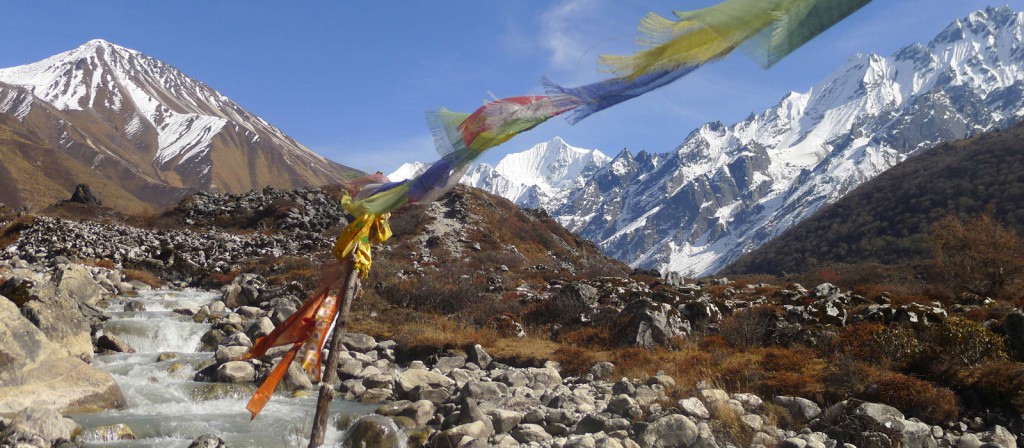
Now that you know about NEPAL – a real paradise for travellers – and if you haven’t visited this little Himalayan country, then, now is the time for you to plan a trip. Needless to say, there are infinite experiences waiting for you here. So here at GeTS holidays, we assure you an ultimate NEPAL experience that can be revered for a lifetime. You can check out our NEPAL tours here.
April marks the beginning of summer across the country, making it one of the most exciting months to travel. With blooming valleys, pleasant hill stations,...
Summer in India is a time when most parts of the country experience rising temperatures, but it also opens the door to some of the...
India is a land of incredible diversity, geographically, culturally, and climatically. From the snow-covered Himalayas to sun-kissed beaches, dense jungles, and royal deserts, every region...
You are one step closer to having the best journey of your lifetime! Talk to us, write to us all that you have envisioned for your India trip, and one of our travel experts will connect with you on priority. To help you explicitly we have WhatsApp and Email addresses!